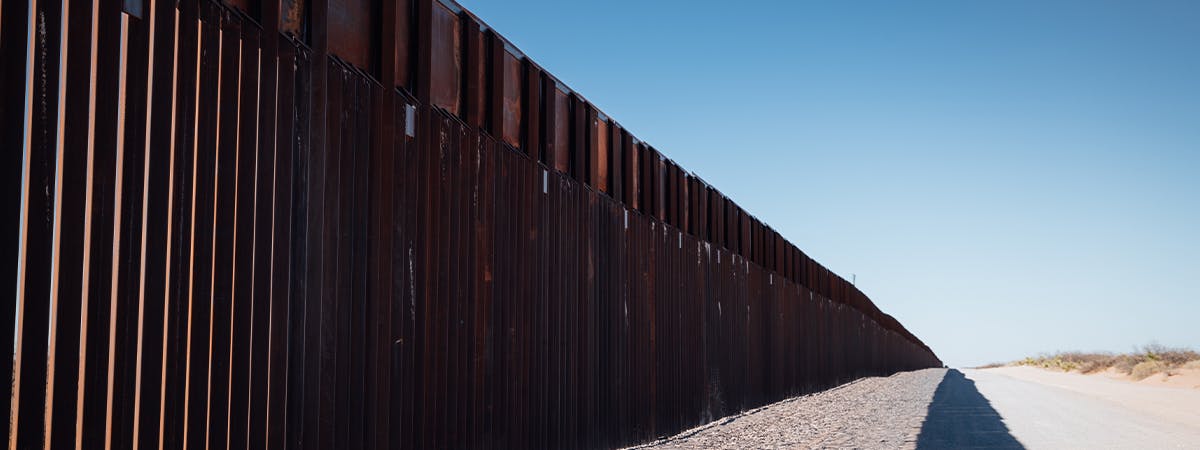Dr Rahul K Gairola discusses the exploration of borders in M.I.A's 2015 music video.

When teaching my EGL 321: Cosmopolitan Literature class to third year English majors at Murdoch University, I usually begin by talking about black American identity in the works of James Baldwin and Langston Hughes. This leads me to how their work echoes themes of racialized exclusion in the poetry of West Australian indigenous poet, playwright and activist Jack Davis. A Noongar man born in Perth, the state’s capital city, Davis is renowned for putting into powerful words the rattling interface of the region’s aboriginal inhabitants with white settler colonists. It is from this comparative stage that we then dive into Amitav Ghosh’s novel The Shadowlines (1988) and into the “Borders” music video by British South Asian artist M.I.A., who is of Sri Lankan Tamil ethnicity.
“Borders” (2015) is a striking work of audio-visual media that invokes the fact of blackness explored by Baldwin, Hughes, and Davies in the context of South Asia diasporic migrants in Ghosh’s novel and the “Borders” music video, which was directed by M.I.A. The visuals depict migrants of colour navigating around a maze of metal barriers topped with razor wire, lending a sharp juxtaposition between brown and black bodies and the fabricated, metallic borderlines that contain the threat of an “Asian invasion.” M.I.A. asks in the lyrics, “Queen, what’s up with that?/ Killing it, what’s up with that?/ Slaying it, what’s up with that?/ Your goals, what’s up with that?” These rhetorical questions are meant to semantically underscore the arbitrary tendencies of borders and who they keep enclosed as they simultaneously keep some bodies out.
A number of motifs in the music video also highlight different aspects of the British Black and Asian experience for refugees and migrants compelled into perilous, trans-oceanic pathways to more promising futures than the dire scenarios in their current homelands. The two that struck a chord with the students were: 1) the image of a ship-shaped mass of brown and black bodies clad in gunnysack-like tunics; and 2) the singer sitting with refugees wrapped in gold foil, overlooking the sea. Both images invoke a sense of the power relations that also entrap these migrants. For example, in the first image, the refugees’ individual humanity is obscured by the gunnysack tunics that collectively form the shape of arguably the most important entity for them – a ship that can provide safe passage between homelands.
In the second image, the refugee subjects’ bodies are again wrapped up – this time in gold foil. This visual invokes the power of capital in mediating safe passage, underscored by M.I.A.’s query, “Makin’ money, what’s up with that?” A final point of observation is that all of the refugees in the music video appear to be men, which invokes not only the challenges of moving between nations in search of asylum, but also the threat of incarceration and other intersectional modes of state and institutional violence. As such, M.I.A.’s lyrics and music video for “Borders” is a provocative example of British Black and South Asian artists visualising the social colour-lines that coagulate into hard borders and police violence for refugees and migrant of colour the globe over.